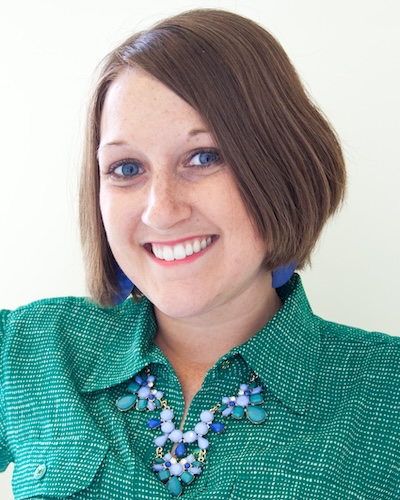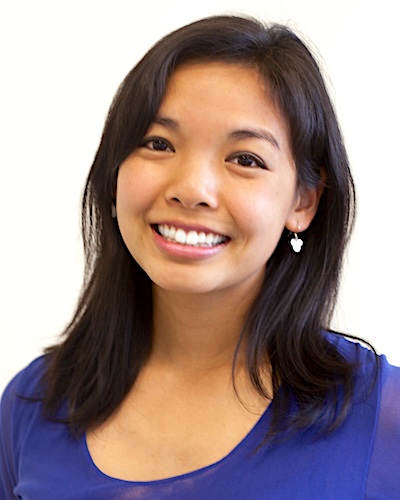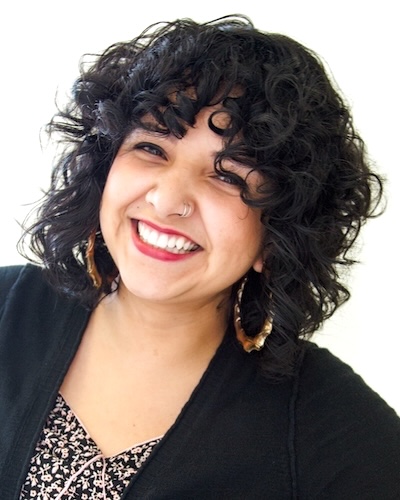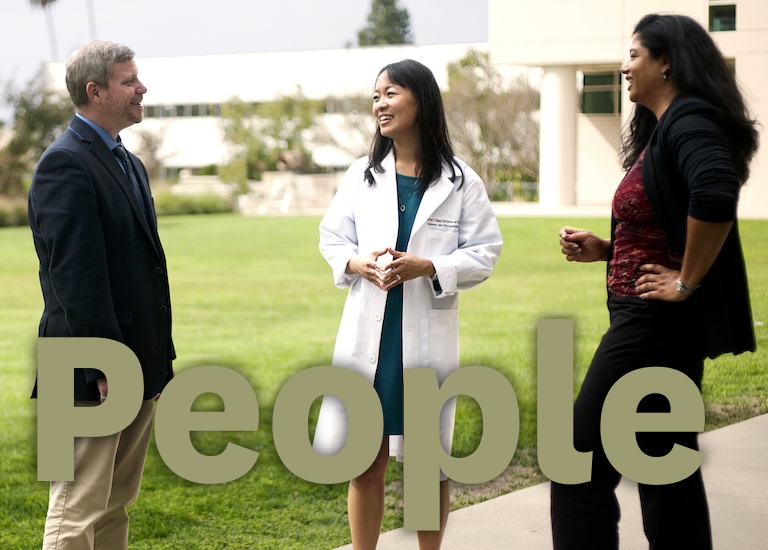Student Blog
Fieldwork

Classes Back in Session! ⟩
August 28, 2014, by Kristy
Fieldwork What are OS/OT?
Hello all!
Classes just started back up this week and it is a very interesting transition from being at our fieldwork sites full-time to now being back in the classroom ready to learn about another field area of occupational therapy. It was exciting to come back to school and hear about everyone’s experience over the summer, no two sites are identical therefore everyone had exciting stories to share! It’s been fun to hear about the different types of treatment everyone provided, what types of things they created, and how they handled some of their most challenging moments. For some, fieldwork was a time to learn even more about an area of OT they are passionate in, or for others it was about exploring an area that they didn’t know much about. That’s the great thing about Level II Fieldwork; we are required to do them in two different practice areas, which really expands our knowledge and interests within Occupational Therapy. I had the opportunity to be in a community mental health setting at a wellness center. My background is in community health education, so I was very excited to pursue occupational therapy in a wellness setting. It was a great learning experience and allowed me to expand my view of occupational therapy and really think outside the box. I had some challenges along the way, but was provided with great learning opportunities. It’s amazing to me the change you experience over your 12 weeks of fieldwork. You begin not entirely sure of what you will do, and by the end I felt confident in my skills as an occupational therapist. Which makes it interesting to head back to class and learn even more about occupational therapy! I look forward to another great year and can’t wait to keep you all updated on what goes on as I enter into my second year as an occupational therapy student here at USC.
⋯

Goodbye, Summer! Hello, Fall semester! ⟩
August 26, 2014, by Claire
Fieldwork What are OS/OT?
Hello again!
It has been a fantastic summer full of learning, and it’s good to be back. To pick up where we left off from my first post, commencement was great! Dr. Elizabeth Yerxa was our commencement speaker, and I felt like all of us were a little starstruck because she is such a distinguished member in the field of occupational therapy. The following Monday, I began my first Level II Fieldwork at a private pediatric clinic called PlaySteps in Northern California. It was an incredible experience because I was able to have some kids on my own caseload and the occupational therapists there provided great mentorship. I learned pretty quickly that observing a therapist working with a kid is very different from actually treating the kid yourself. It seems to require many years of experience to have reflexes as fast as the therapists’ that I observed during fieldwork! One of the highlights from this summer was being able to build up rapport with the kids and think of creative activities that match with their interests. For example, one kid that was on my caseload had difficulty keeping up with his peers during writing tasks and we worked on handwriting together. He told me that he was reading the Magic Tree House book series recently, which I was excited about because I read them when I was a kid too! We decoded mystery notes with number-letter codes. It was fun! One fulfilling moment was when we finished a session, and a kid casually commented while leaving, “I like OT.” WHOOHOO! One challenge for me was maintaining flexibility with how a session may go — sometimes a kid doesn’t show up, other times an activity simply doesn’t go as planned. I definitely felt myself grow in the skills of a pediatric occupational therapist, but also recognized that there are many many many things left to learn.
Here’s to another great school year!
⋯

Back in full effect! ⟩
August 26, 2014, by Brenda
Fieldwork
Hello everyone! It’s hard to believe that only a few years ago I was living in the bay area wondering what my next move was going to be. And now here I am! I have really enjoyed my time here at USC and look forward to what this new school year will bring. This summer I had the opportunity to complete my Level II fieldwork at Rancho Los Amigos National Rehabilitation Center in Downey, Ca and it was awesome! I really enjoyed the acute rehab setting and learned so much from my patients. I am excited to continue learning the beauty and wonders occupational therapy holds. This profession is simply the best and I am so grateful to be a part of it.
⋯

One year down, one to go! ⟩
August 21, 2014, by Kristy
Beginnings and Endings Classes Fieldwork
As I begin my first level II fieldwork, I slowly make the transition from a “first year” to a “second year” — you’re kidding right?!? As you may know, the program here at USC is just over two years, in which we spend our first summer in a intensive kick start to grad school, fall and spring in two immersions, second summer in our first level II fieldwork, followed by our last immersion in the fall, a spring semester full of electives, and then our last summer level II fieldwork. Not too shabby! (Follow this link for an in-depth description.) I just cannot believe that I have already finished up my first year here! Let me tell you, time flies when you’re having fun, especially in occupational therapy! The “second years” always seemed so knowledgeable, and always knew what was going on in the world of OT; I was in awe of them when I started the program and asked a million questions! Now I realize I will be the one getting the questions and providing answers. Am I ready to pass on the knowledge I have learned in the program from my courses, from my professors, from my fieldwork experiences, from student organizations? I think so!
⋯

One Step Closer ⟩
August 21, 2014, by Claire
Fieldwork Getting Involved What are OS/OT?
It is a couple days before USC Commencement 2014! It’s hard to believe that my time as an undergraduate at USC is officially coming to an end. “Officially,” because I feel like I’ve been done with my undergrad for forever, but now I’m finally getting the diploma! Hooray! People often get confused about my class standing, actually. (“So . . . you’re both an undergrad and grad student right now?”) I technically finished all my undergraduate credits in my third year and this past year was my first year Master’s. When I tell friends that I’m staying another year, they think I’m a super senior when actually it’s to wrap up the master’s degree in occupational therapy. Talk about some identity crisis!
So, we are done with the first year in the program!! Most of us have two weeks off until the start of Level II fieldwork. This year has been absolutely amazing. I befriended so many talented classmates with a huge variety of backgrounds that all the passion to become occupational therapists. The faculty has lots of experience (seriously, mad respect for them). The two immersions that I went through this year were mental health and pediatrics. This summer, my Level II fieldwork will be at a pediatric clinic in Northern California. Part of me is super excited and another part of me is going EEPS! I am sure it will be a very valuable learning experience, and I’m looking forward to it.
Looking back to my first moments at USC, it has been so cool to see how OT is now a much more well-known area of study among the students. When I came in to USC with a Pre-Occupational Therapy emphasis, I remember needing to explain what OT is to basically every person that I met. (Wow, this is a major throwback to four years ago. I’ll try not to be too sentimental.) Now, I’m meeting a lot of first and second year undergrads who are already applying into the OT program, which is awesome! I am aware that the program is becoming increasingly competitive, and some of my advice to undergrads is to get involved! I was active in the USC Pre-OT club, which was a great way to see OT in practice. USC OT elective classes are informative, fun, and a good way to meet faculty (hint: letters of recs!). Volunteering and getting as much exposure to OT is also definitely recommended — that’s how I first learned about OT too! I was in high school trying to collect some community service hours to graduate and I met OTs at the center that I was volunteering at. I loved the idea of improving health and development through fun (we were working with children), did some research about OT, and found myself here at USC.
There’s so much to learn still about OT! I will be keeping you updated as the summer goes on! Congratulations to the Class of 2014, hooray, everyone!
⋯





